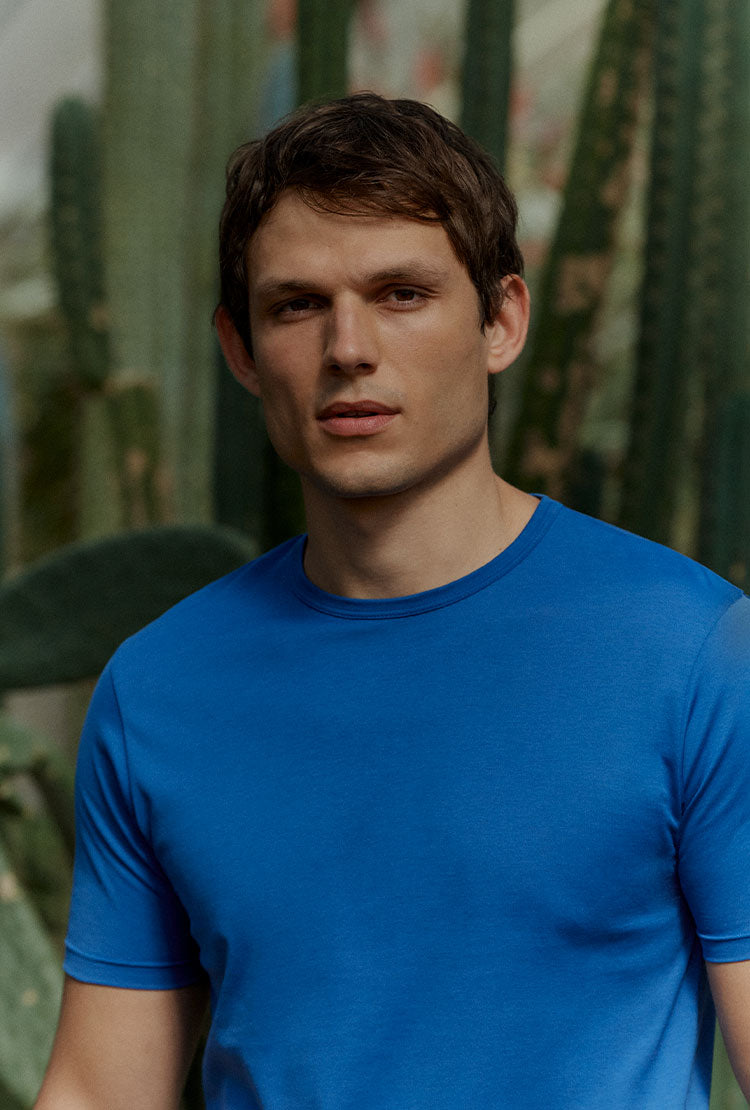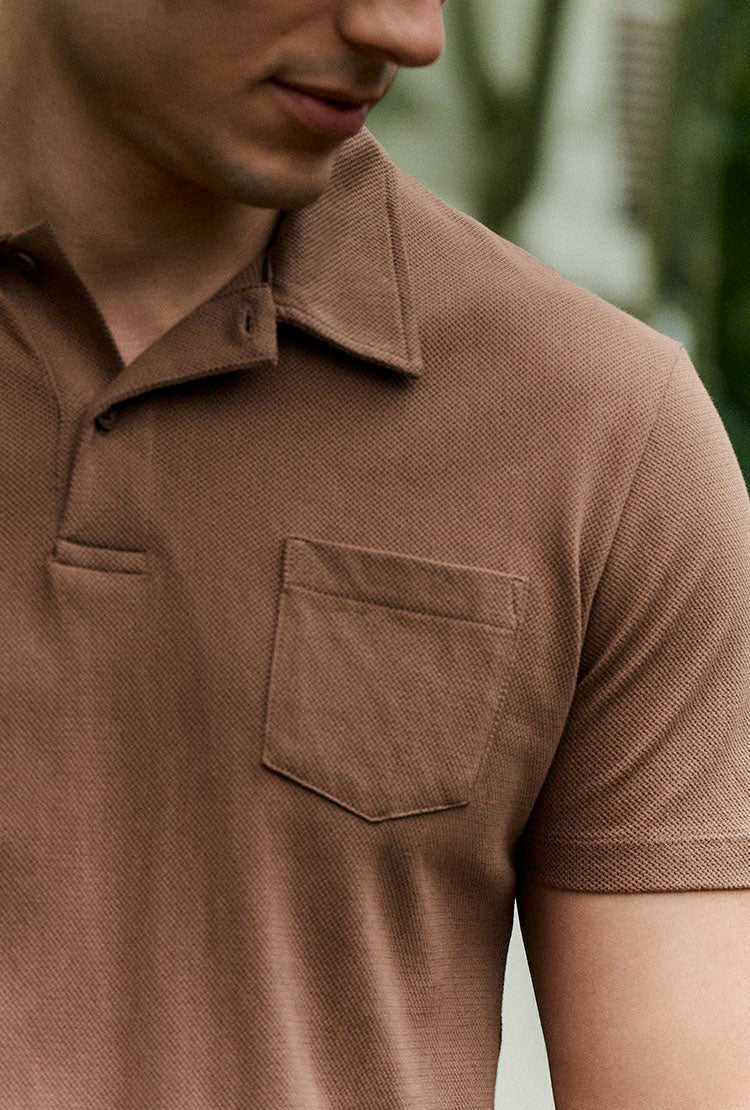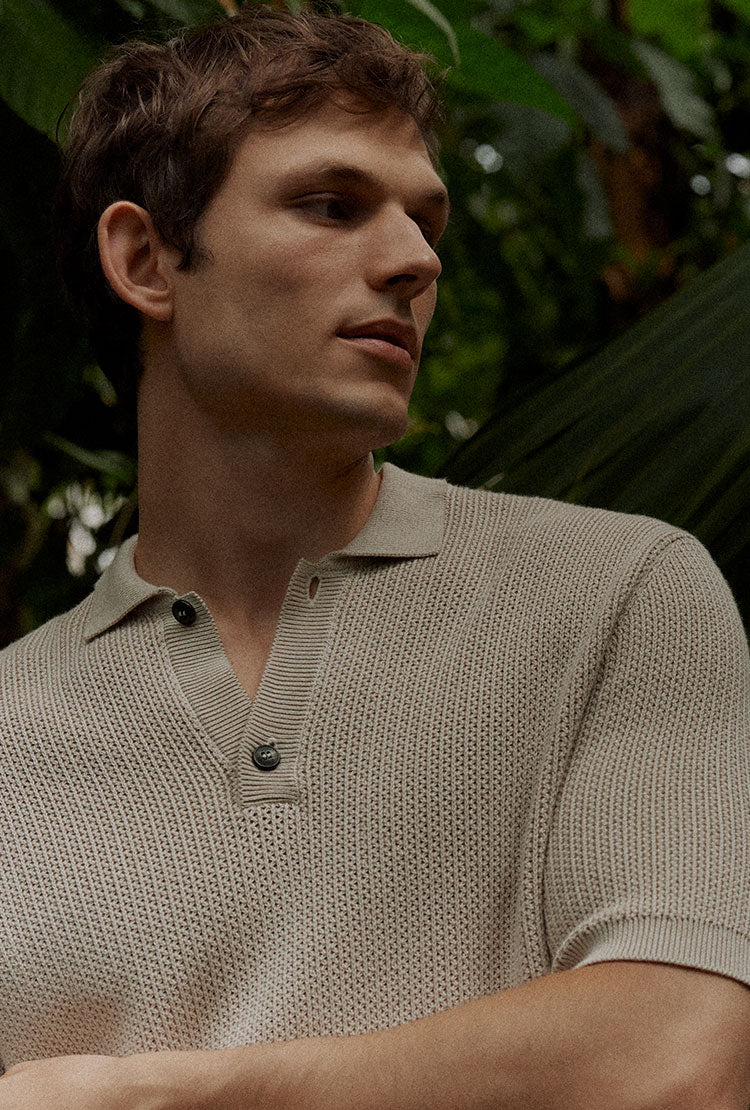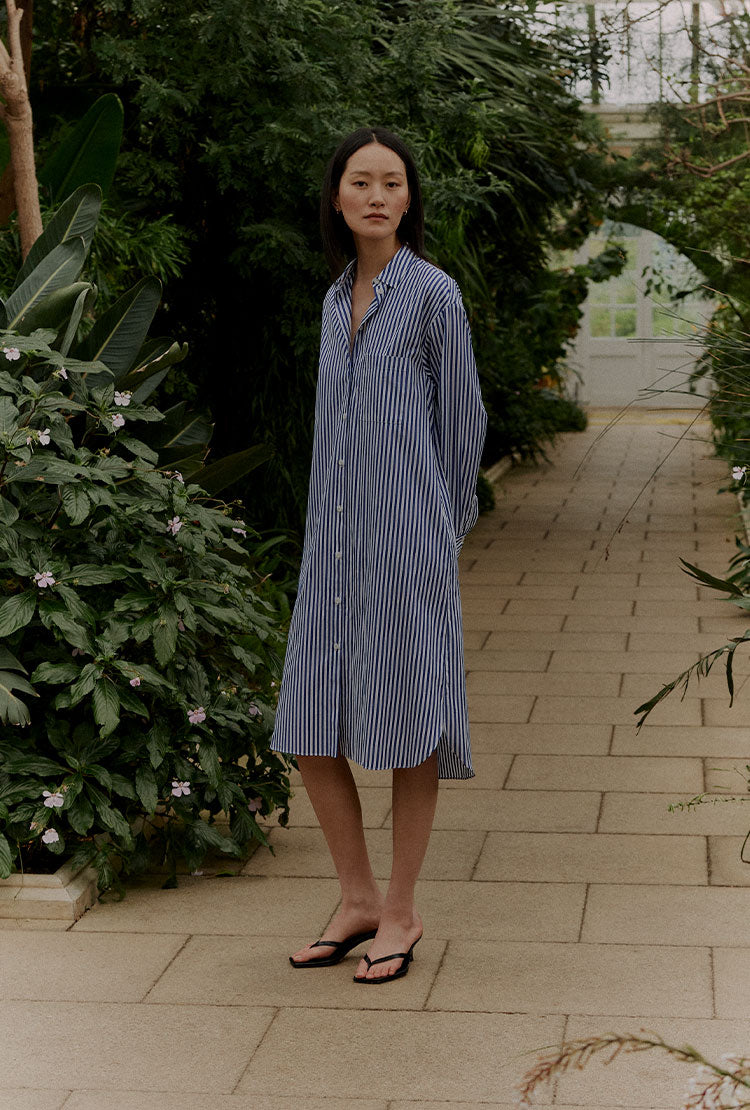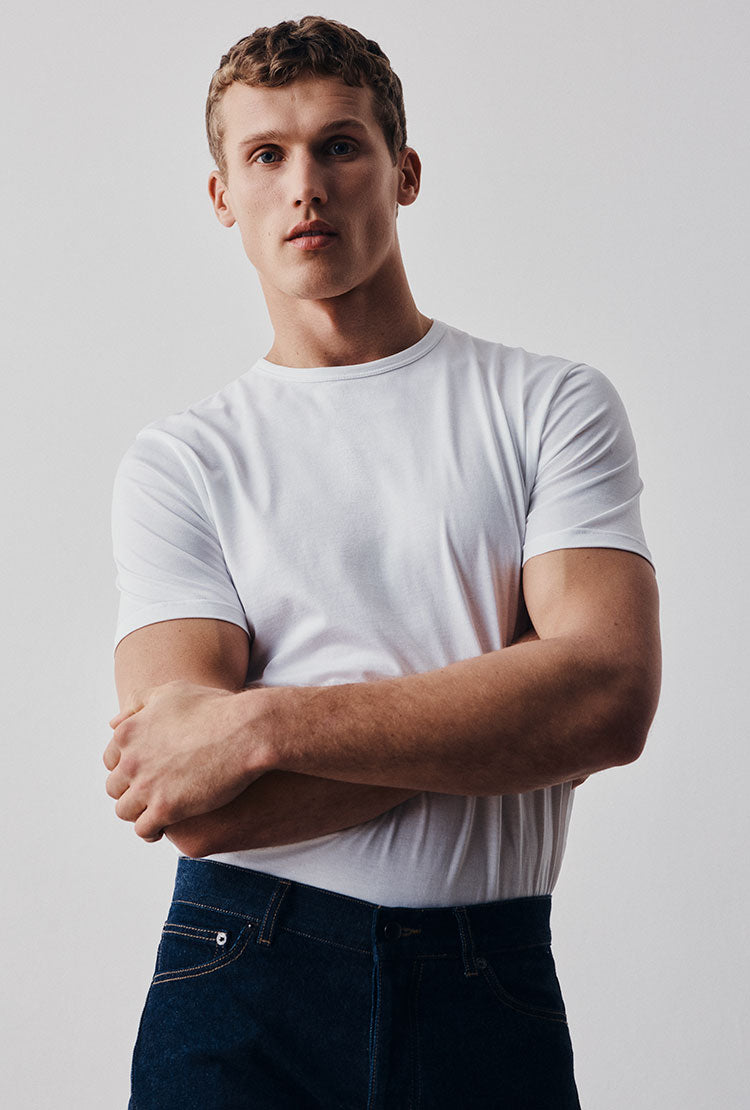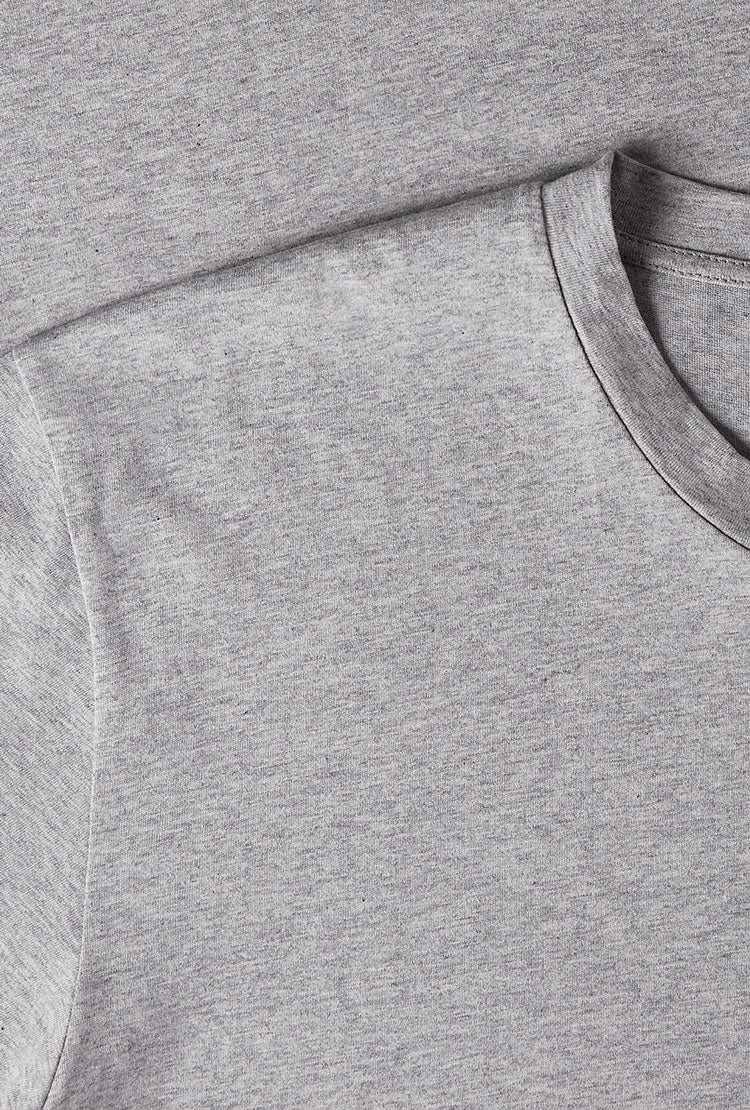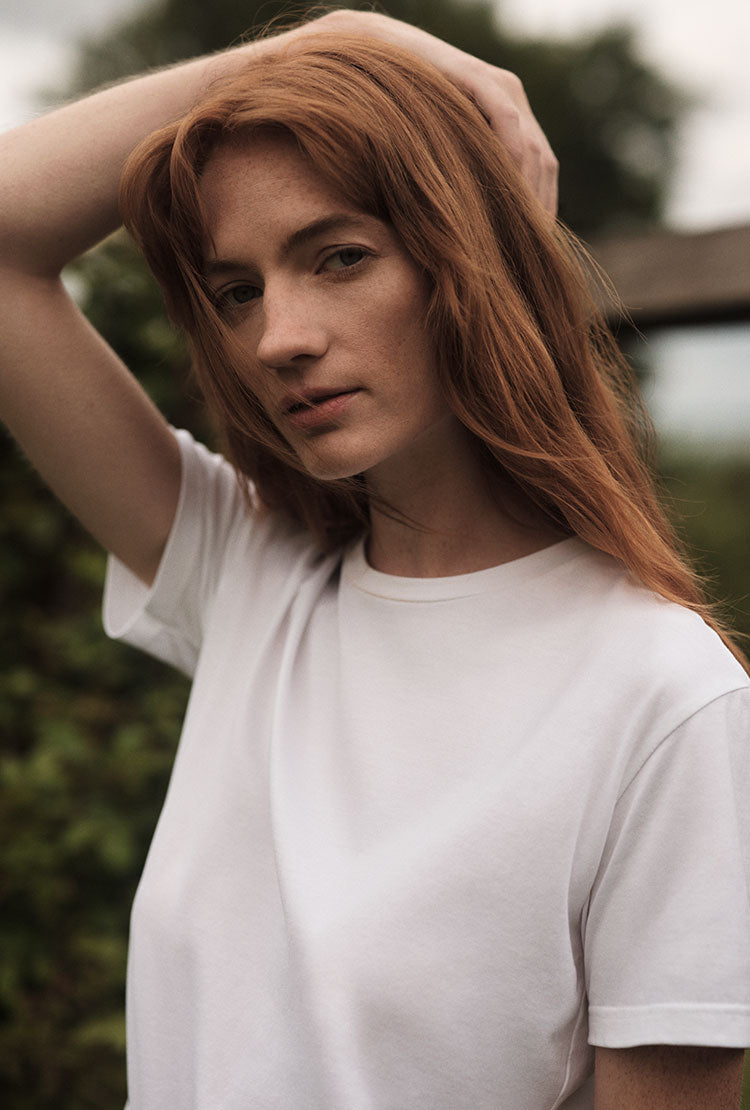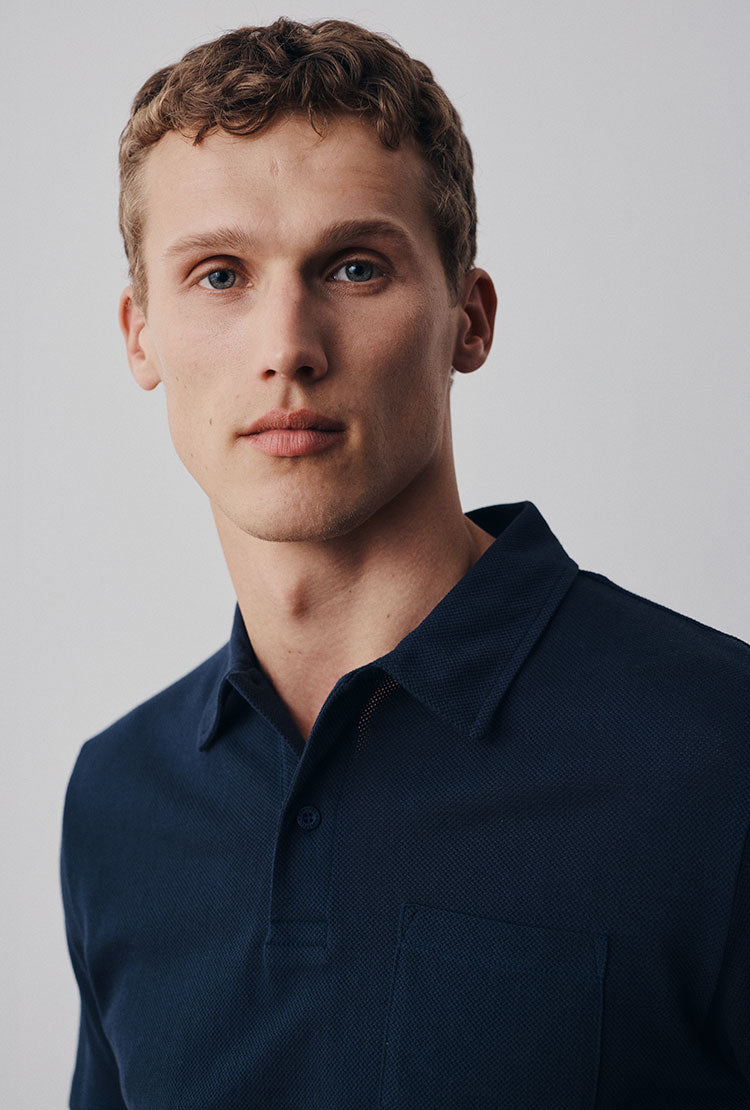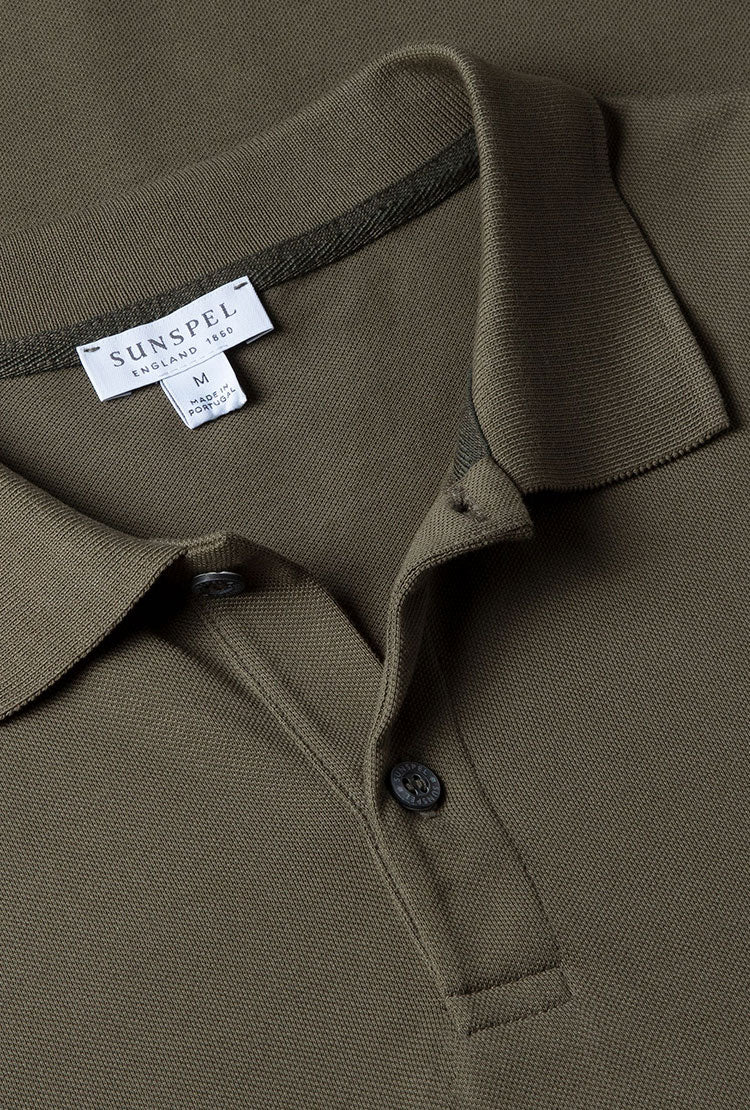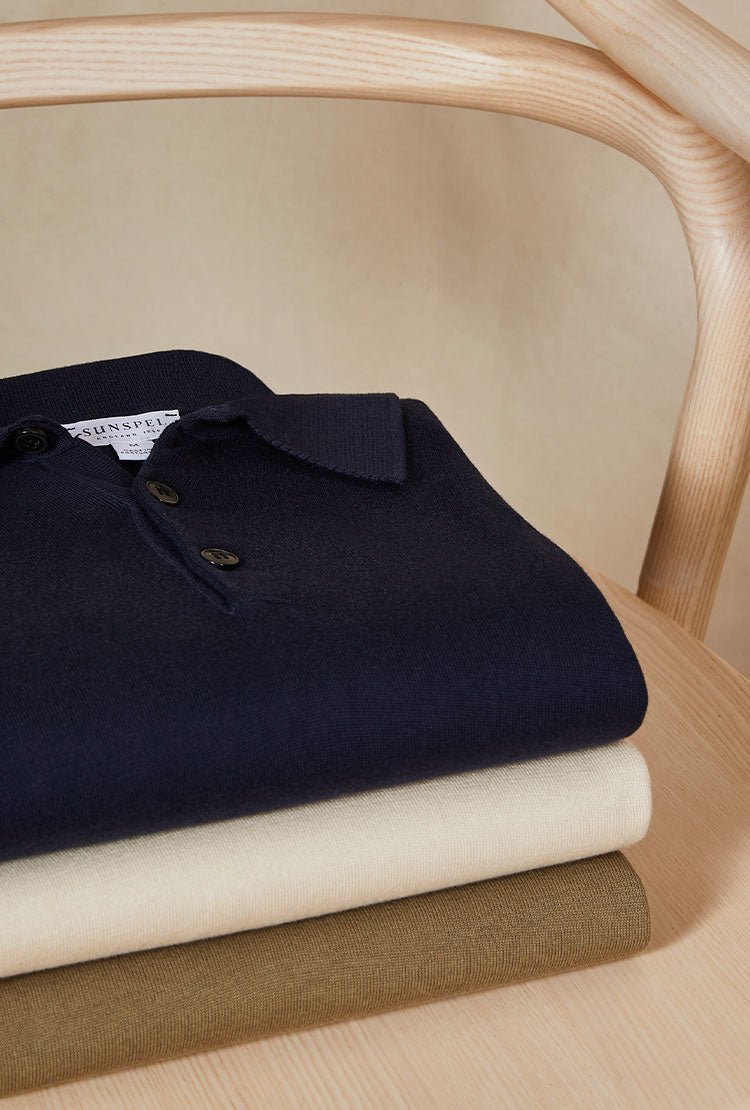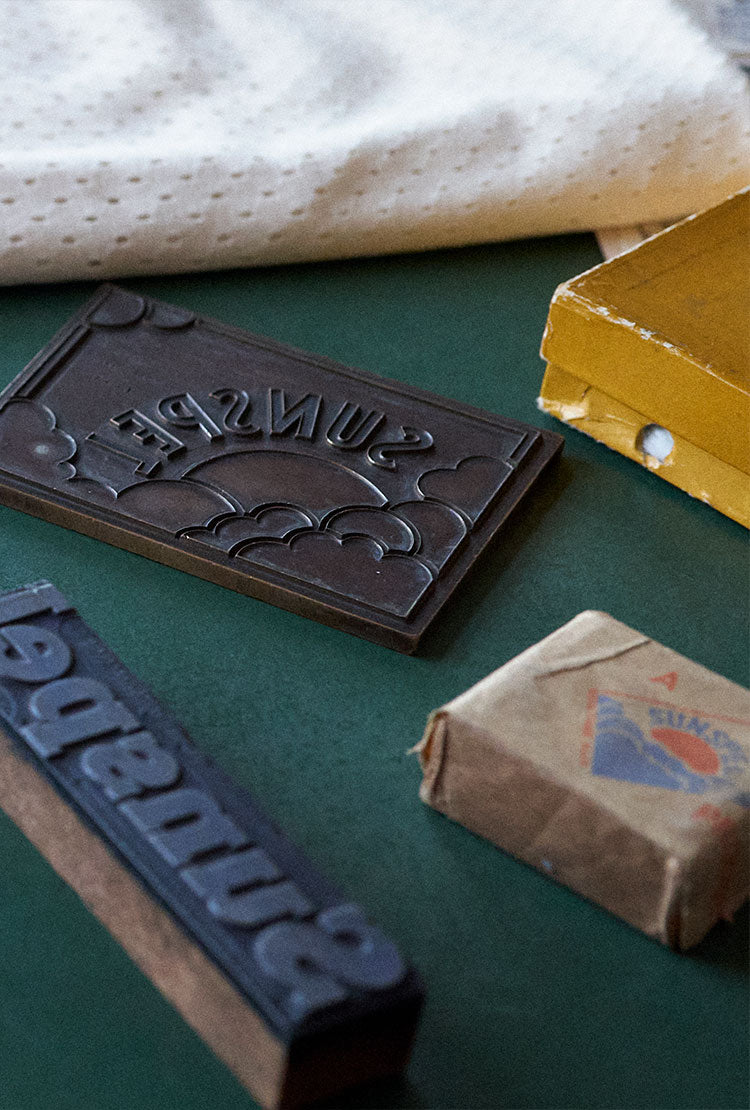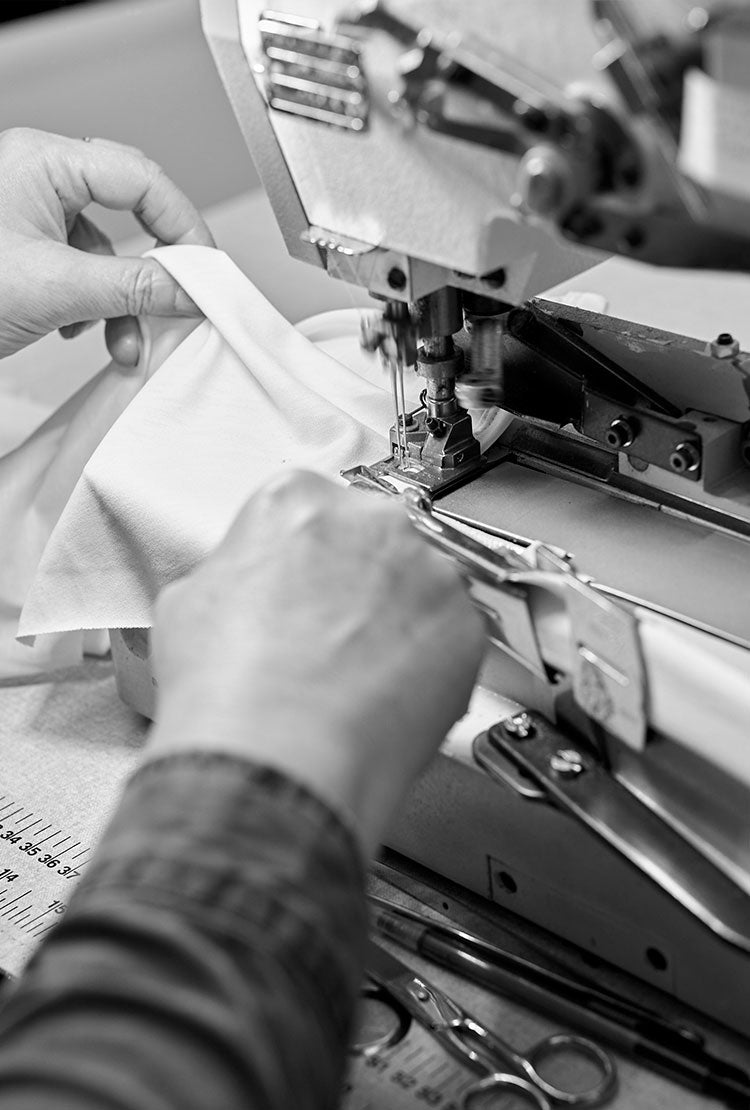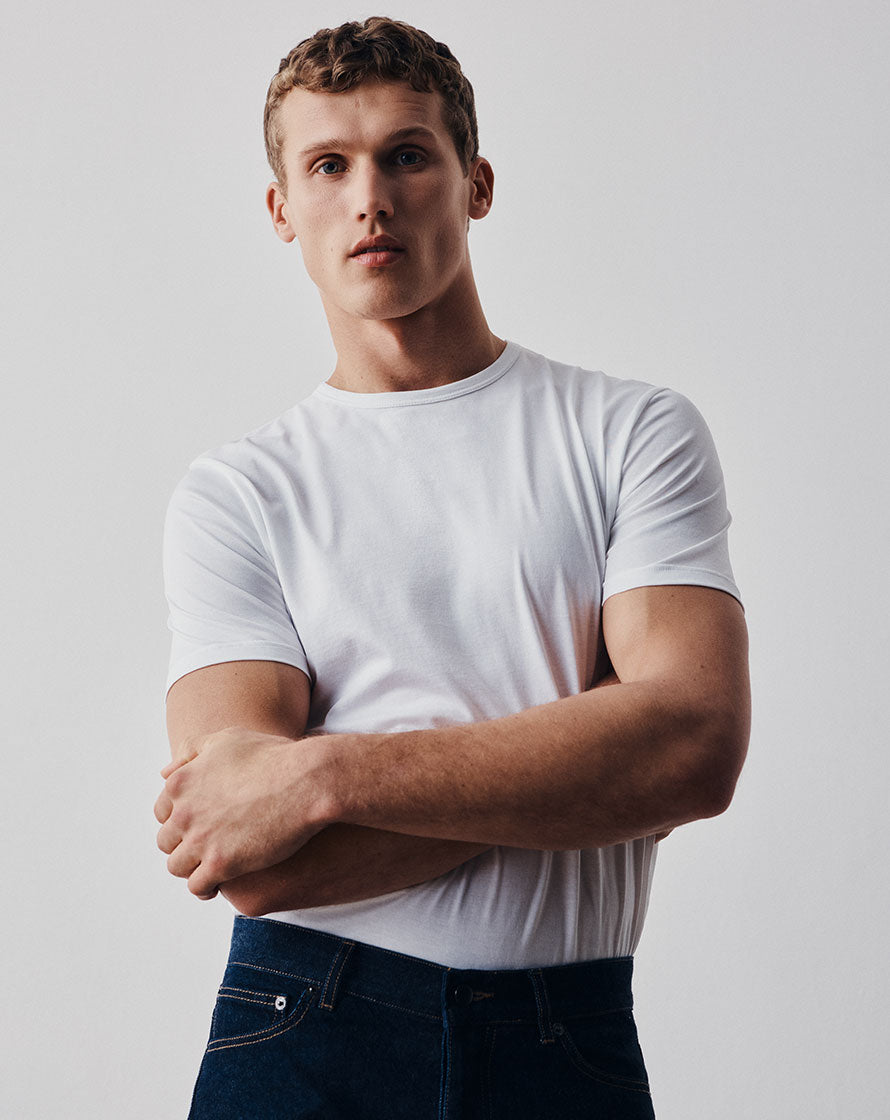The Missing Thread, Joe Casely-Hayford and What Makes British Fashion Special
We caught up with stylist and curator Harris Elliott as he took us through his latest exhibition dedicated to the overlooked work of black British designers.
The catwalk has been inverted. We the audience are standing in a crowd of proudly posing mannequins, admiring their immaculate outfits. The Missing Thread in London’s Somerset House is one of the largest displays of the late Joe Casely-Hayford’s work to date and Harris Elliott, one of the exhibition’s three curators, is taking us through it. He reverentially explains each piece’s genius: fine-cut blazers, bright blue overcoats, cuffs with parcel tape prints and suits made of tents from the Second World War.
 |
“Joe was a huge inspiration to all of us in different ways,” Harris says, explaining the designer’s personal impact on the three curators, “It wasn’t just his aesthetic and his design principles, or just the fact that he was a black designer, it was to do with who he was himself, his integrity. We knew he needed to be a central figure because that’s the way he always worked.”
 |
The outfits are not only there to assure us that Casely-Hayford was an exceptional designer, though they certainly do, they’ve also been chosen to reflect the rest of the exhibition. Together they’re a beautiful culmination of all we’ve seen in the preceding rooms: the home-from-home and the church, sound systems and the safe untapped community spaces, all of which show the influences and challenges faced by black British creatives. Harris points out the subtle references on the mannequins. The dress made from the underside of upholstery fabric, for instance, nods to the inversion of home experienced by many immigrants, while an orange-brown dress with glass-like prints takes us back to the space inspired by a church. “Joe was always playing with fabrication,” he says admiringly, admitting that many a Sunday was spent in the designer’s vast archive.
As well as providing context for Casely-Hayford’s work, the exhibition restitches the stories of many black designers into the British cultural tapestry. “After George Floyd, there were calls for parity in the industry. We were planning on doing an exhibition spotlighting current black designers, but then we thought - what about all the overlooked and forgotten designers of the last 30 years?”
 |
 |
Harris takes us into the church-like room and shows us a folded and framed England shirt scrawled with signatures. It was designed by Charlie Allen and was the first England shirt to be tailored to each individual player. Opposite, a glimmering red Bruce Oldfield dress made for Princess Diana, instantly draws the eye. “The monarchy and football are two of our biggest exports,” Harris reminds us and the contributions of these two designers are important parts of their sartorial story. “It’s about leveraging the unknowns and the missing stories,” he continues as he leads us to a section dedicated to the hugely influential but often forgotten collective, Art Comes First. A black Union Jack shawl hangs on the wall above it.
The exhibition is an important re-evaluation of British fashion and it reminded me of something Joe Casely-Hayford’s son, Charlie, told me recently: “We’re quite unique here in Britain in that we have so many wonderful subcultures that one can delve into.” Charlie and his late father set up their eponymous brand in 2009, and their work, as Joe’s solo work did before, absorbs many of these influences. “Britain’s the opposite of a monoculture,” he continues, “Having all those layers is fantastic.” The Missing Thread – vivid, colourful and inspiring – is proof of exactly that.
The Missing Thread is showing at London’s Somerset House until 7th Jan 2024.
